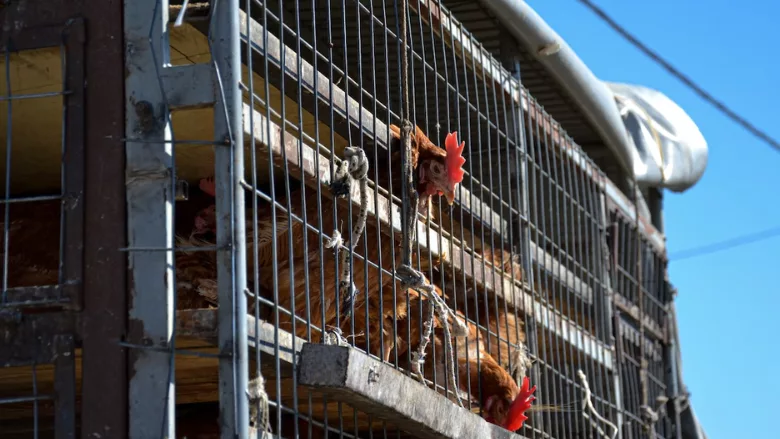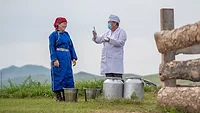EFSA Reports on Mitigating Spread of AMR in Food-Producing Animals During Transport

Credit: Danielle Suijkerbuijk (vandaantje) via Unsplash
To mitigate the spread of antimicrobial resistance (AMR) among food-producing animals during transport, it is crucial to minimize travel times and thoroughly clean vehicles, equipment, and spaces where animals are loaded and unloaded, according to a scientific opinion from the European Food Safety Authority (EFSA). The opinion also highlights the importance of appropriate transport organization, as well as taking actions to improve animal welfare, health, and biosecurity before and after transport.
According to EFSA, AMR was directly linked to 33,000 deaths in the EU in 2019. Humans can acquire resistant bacteria through the food chain; isolates have been obtained from the environments of food-producing animals, the animals themselves, and farm staff, and the sources of resistant bacteria have been reported at animal transport, lairage, and slaughter. Research has also demonstrated that the transfer of genes—including AMR genes—may be induced when animals are under stress.
Most food-producing animals are transported at least once throughout their lifetimes, which is a stressful situation that may affect animals’ microbiota and lead to changes in resistant bacteria. Additionally, animals’ microbiota are exposed to different environments during and after transport, where an uptake or exchange of resistant bacteria is possible.
The transmission of antibiotic-resistant bacteria between poultry, pigs, and cattle during short (under 8 hours) and long (over 8 hours) journeys between farms or to slaughterhouses was observed. The research was conducted to identify the main risk factors, mitigation strategies, and knowledge gaps in relation to the transport of food animals, as AMR continues to be a pressing health issue despite the public’s reduction in antibiotic consumption. Considering the interrelation between human and animal health hazards supports a One Health approach to the global health threat of AMR.
The main risk factors identified in the scientific opinion include the presence of resistant bacteria in animals prior to transport, increased release of resistant bacteria through fecal shedding, exposure to various animals carrying more or different types of resistant bacteria, insufficient equipment and vehicle hygiene, and the duration of transport. The report also highlights future research needs on the spread of AMR among food animals, such as an assessment of the impact of animal transport compared to other areas of the food production chain as a contributor on the spread of resistant bacteria, and quantifying studies on the effect that various factors have on the transmission of resistant bacteria.
Specific mitigation measures for the spread of AMR during transport include interventions improving animal health, biosecurity, and welfare, such as good husbandry, proper handling, and identifying sick animals. Enhanced sanitation and cleaning protocols of transport vehicles and equipment, as well as regular testing and microbiological analyses, is also recommended. Additionally, transport planning and logistics to minimize travel times and increase isolation can help reduce the spread of AMR, and transport vehicles should guarantee a high standard of animal comfort. In assembly centers and during lairage, segregation of animals by origin and maintaining proper disinfection protocols is paramount.
The findings reported in the scientific opinion complement EFSA’s recently published recommendations to improve animal welfare during transport.
Looking for quick answers on food safety topics?
Try Ask FSM, our new smart AI search tool.
Ask FSM →








